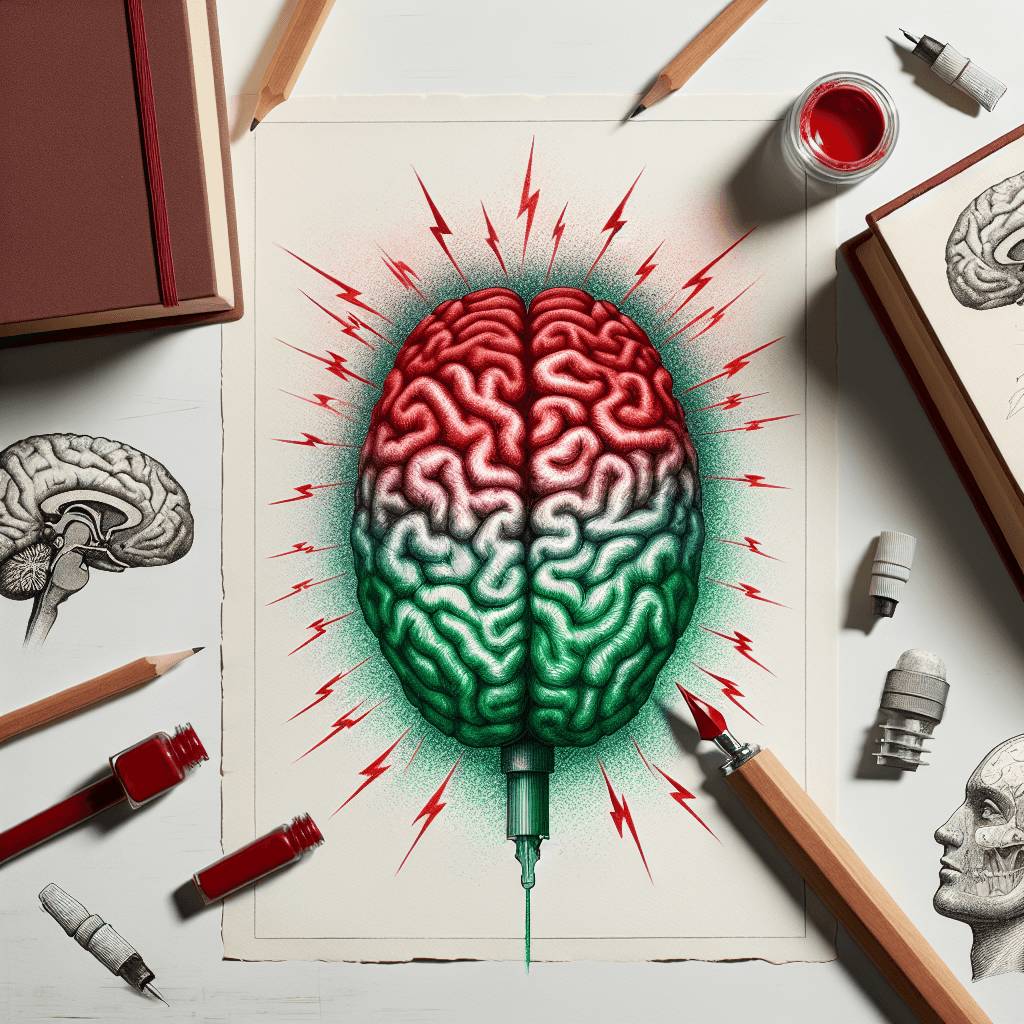Why do we feel an urge to touch a surface that has a wet paint sign
That irresistible urge to touch the wet paint isn't a lack of self-control; it's a fascinating psychological battle between obedience and your brain's deep-seated need to test reality for itself.


Too Long; Didn't Read
TLDR: The urge to touch wet paint is a mix of psychological reactance, which is our brain's desire to rebel against being told what to do, and a simple, skeptical curiosity to verify for ourselves if the sign is telling the truth.
The Forbidden Touch: Why Do We Feel an Urge to Touch a Surface That Has a 'Wet Paint' Sign?
We’ve all been there. Strolling down a street, you spot a freshly painted park bench, a railing, or a door. Next to it, a small, unassuming sign declares, "Wet Paint." A perfectly reasonable warning. And yet, an almost irresistible urge bubbles up. A little voice in your head whispers, "Is it really wet? Maybe just a tiny touch to check." This curious, counterintuitive impulse isn't just a personal quirk; it's a common human experience rooted in a fascinating blend of psychology and cognitive function. This post will delve into the powerful psychological drivers that compel us to risk a sticky finger, exploring why a simple warning can feel like an invitation.
The Psychology of the Forbidden: Psychological Reactance
One of the primary forces at play is a concept psychologists call psychological reactance. First proposed by Jack Brehm in 1966, this theory suggests that when people feel their freedom of choice is being threatened or eliminated, they experience an unpleasant motivational state. To relieve this tension and reassert their autonomy, they will often do the very thing they are told not to do.
The "Wet Paint" sign isn't just a piece of information; it's a command. It tells you, "Do not touch." For our freedom-loving brains, this can feel like a direct challenge. The urge to touch the paint isn't necessarily born from a desire for a messy finger, but from a subconscious need to prove that we are in control of our own actions. It’s the same principle behind the "forbidden fruit" effect—the allure of something increases simply because it is off-limits.
The Skeptical Mind: Our Innate Need to Verify
Humans are naturally curious creatures who rely heavily on their senses to understand the world. We learn from a young age to trust what we can see, hear, and, of course, touch. A sign is an abstract piece of information, but the feeling of wet, tacky paint is a concrete, sensory experience. The urge to touch the paint is often driven by a fundamental need to test the reality presented to us.
Our brain poses a series of subconscious questions:
- Is the sign accurate? Maybe the paint has already dried.
- How wet is it? Is it slightly tacky or dripping wet?
- What does it feel like? Our brain craves this sensory data to close the information gap.
This desire to confirm information with our own senses is a powerful cognitive drive. We are, in essence, conducting a mini-scientific experiment to verify a hypothesis presented by the sign. We trust our own direct experience more than we trust the words of an anonymous sign-placer.
The Brain's Internal Tug-of-War
This phenomenon also highlights the constant battle between two different systems in our brain: the impulsive, intuitive system and the logical, rational system.
- The Impulsive System: This is the fast, automatic part of our brain. It sees the sign, registers the "challenge" (reactance), and feels the spark of curiosity. Its immediate response is, "Touch it! Find out!"
- The Rational System: This is the slower, more deliberate part of our brain. It weighs the consequences: "You'll get paint on your finger, you'll have to find somewhere to wash it, and you might smudge the new paint."
The moment of hesitation you feel in front of that sign is these two systems in a rapid-fire debate. Whether or not you actually touch the paint often depends on which system wins out in that split second.
Conclusion
The seemingly irrational urge to touch a surface with a "Wet Paint" sign is far from a simple act of defiance. It’s a fascinating window into the complex workings of the human mind. This impulse is a potent cocktail of our deep-seated need to assert our freedom (psychological reactance), our innate curiosity and drive to verify the world through our own senses, and the ongoing conflict between our impulsive and rational brains. So, the next time you feel that familiar pull towards a freshly painted surface, you can appreciate the intricate psychological dance happening within you. And with that understanding, you might just find it a little easier to walk away with clean hands.
More Articles

How does a simple glow stick produce light without batteries or heat?
It's not magic, it's a brilliant chemical reaction trapped in a tube; discover how that satisfying 'snap' unleashes a cascade of cold light without a single spark or battery.

Why does reading the word GREEN written in red ink short-circuit your brain?
It's a simple test that creates an instant traffic jam in your brain, pitting what you *read* against what you *see*. We'll uncover the science behind this cognitive clash and why one part of your brain almost always wins the fight.

Why were teenage boys a disaster as the first telephone operators?
They were hired for their experience with telegraphy, but their legendary pranks, foul-mouthed shouting matches, and on-the-job wrestling quickly made way for a new type of operator.